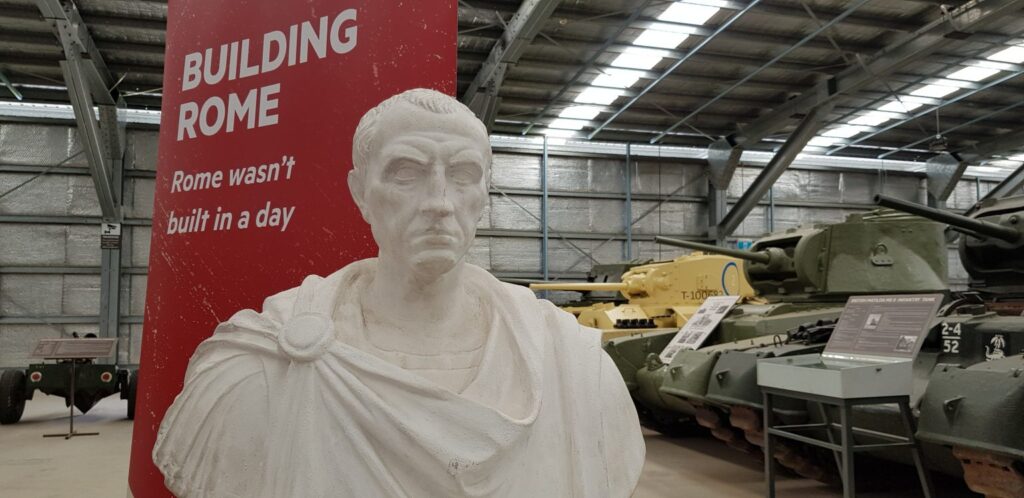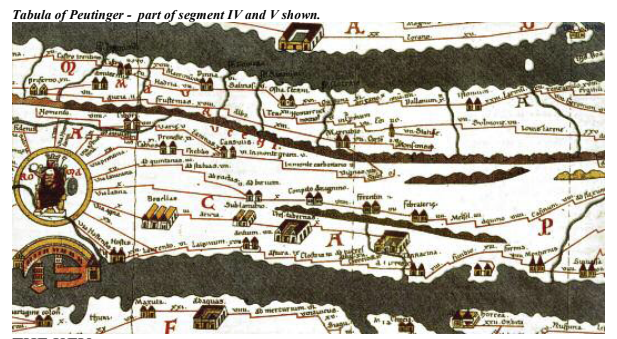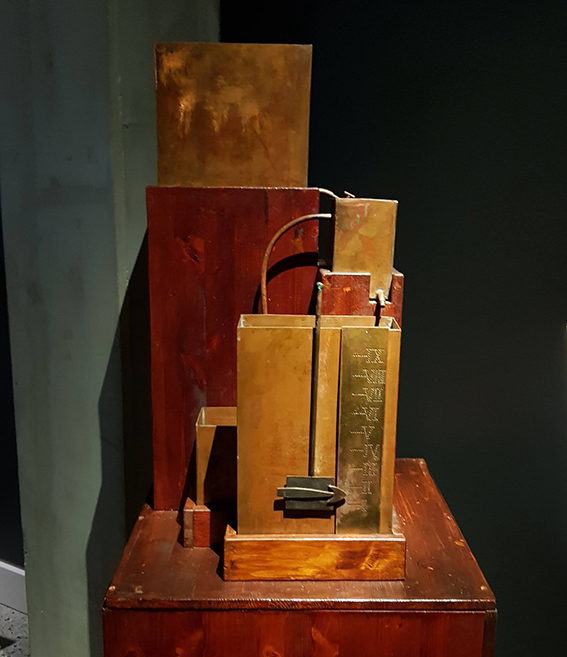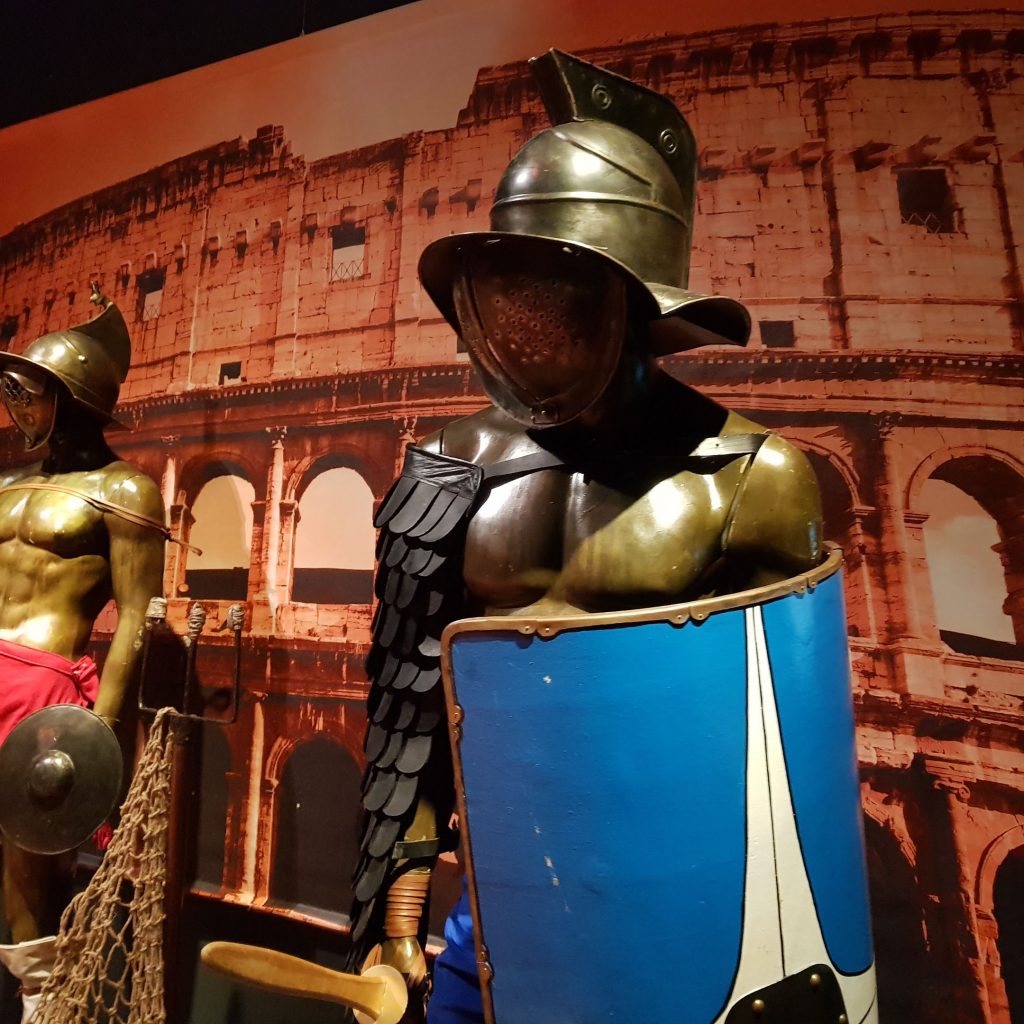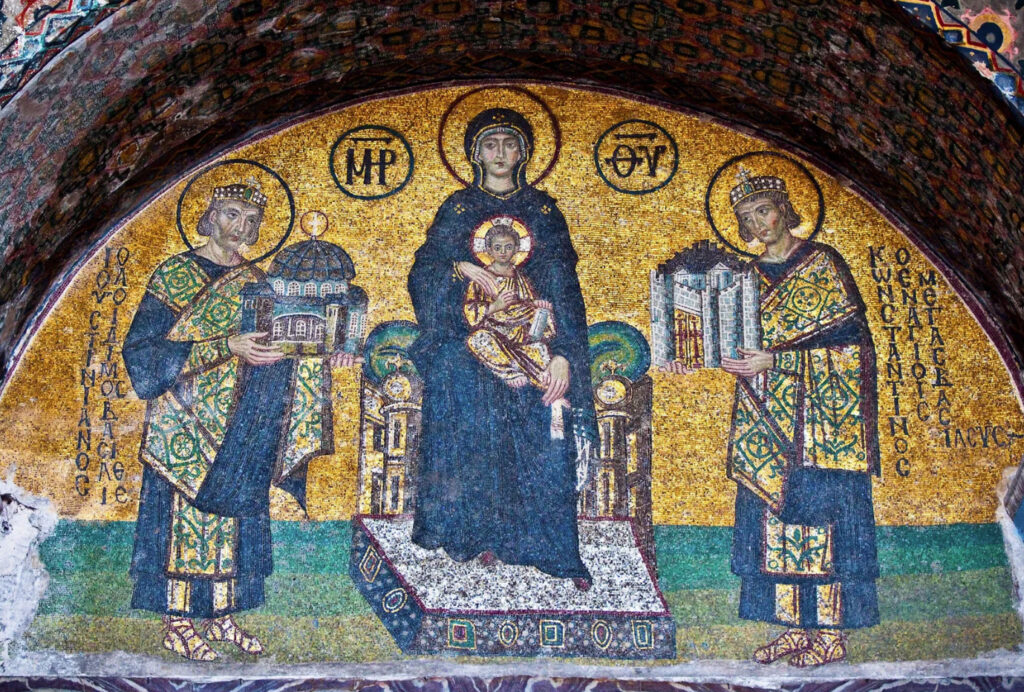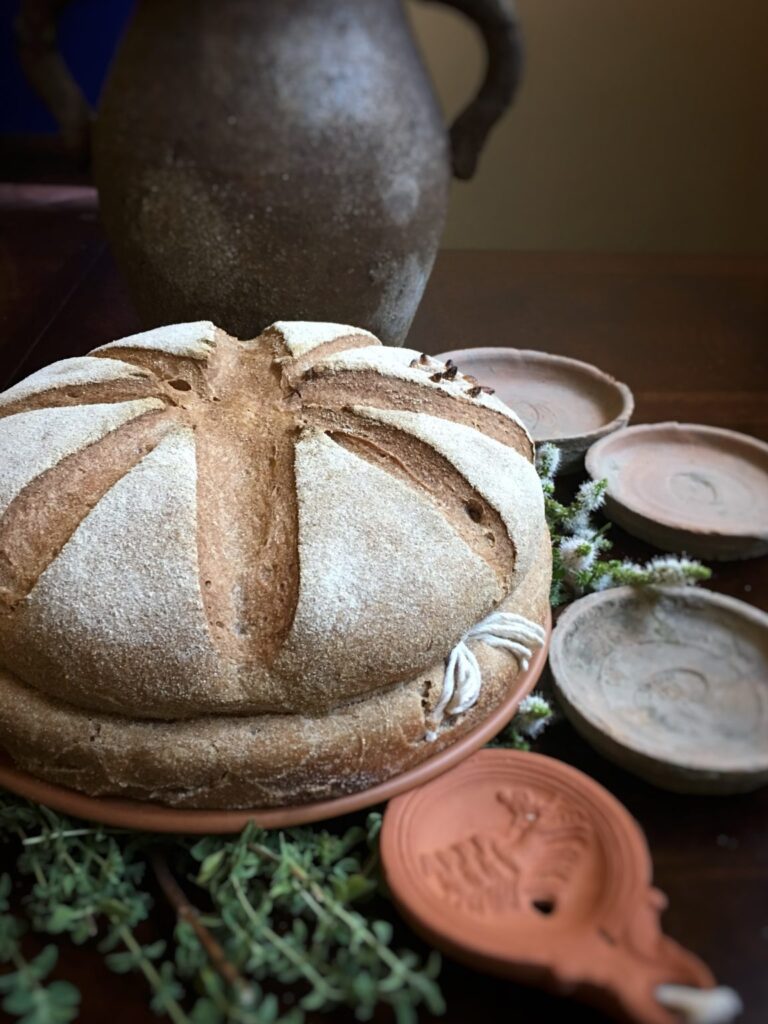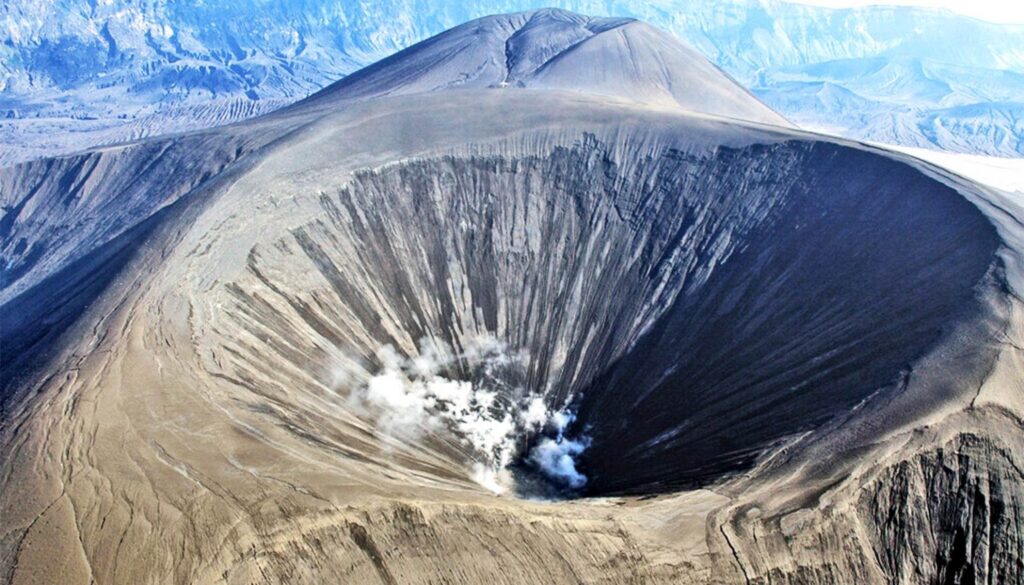Arrivederci Roma!
All good things must come to an end. Ancient Rome: The Empire that Shaped the World at the Australian Armour and Artillery Museum in Cairns has closed. After a short eight-week season, the internationally acclaimed exhibition was enjoyed by 9815 people from Far North Queensland and beyond. Each week on average 1227 visitors came on […]

